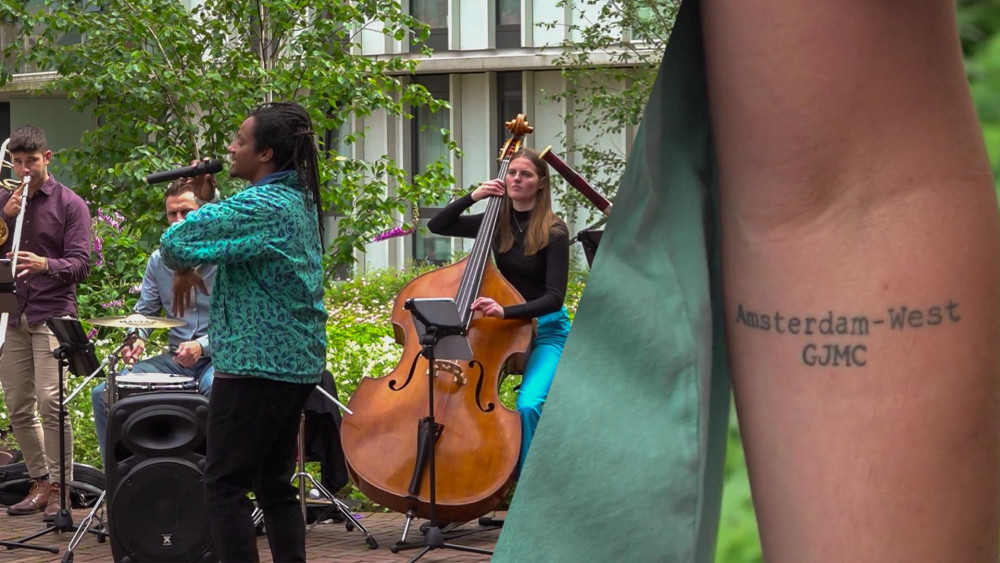#devoted #car #doesnt #change #climate
The Dutch have been addicted to the car for decades. Despite attempts to get people to cycle or use public transport, little has changed in the way we travel. Our car addiction in six graphs.
The average Dutch person spends half an hour in the car every day. That is twice as long as we cycle or walk every day.
The number of daily car minutes has been more or less the same since the 1980s. Only the corona pandemic caused a significant dip. This was also reflected in the number of car kilometers traveled (and the disappearance of traffic jams).
The number of cars on the road has increased considerably in recent decades, to more than nine million. About three quarters of Dutch households have a car; a quarter have two or more.
We often don’t have a car due to lack of money
Only 6 percent of Dutch households deliberately do not have a car, according to research by the Knowledge Institute for Mobility Policy. They don’t need a car or don’t want one for environmental reasons.
Throughout the Netherlands, about two million households do not have a car. Three quarters of them do not have a car in front of their door because they do not have the money or for health reasons.
But the Dutch vehicle fleet is growing. This is partly due to population growth, but also because older people more often have a car. Nearly two in three people over fifty now own a car, compared to 45 percent in 2000.
Car ownership among people under 50 is actually declining. Less than one in three of adults under the age of thirty own a car. But according to KiM, this is not due to a different attitude: those under 30 still want a car, but more often they have no money or no home with a parking space.
More electric, but emissions hardly drop
Sales of electric cars have taken off in recent years. About one in three cars sold in the Netherlands is now a battery car. But our cars are also lasting longer. As a result, it takes a long time before older cars disappear from the road and are replaced by plug-in models.
Almost 5 percent of the cars on Dutch roads are now fully electric. Another 3 percent is a hybrid model, which can run on either electric or gasoline.
But emissions from all Dutch passenger cars only fell slightly until the corona period. More efficient engines and electric cars help reduce emissions, but that trend is being countered by the growth of the vehicle fleet and the increasingly larger and heavier models we buy.
Emissions will probably start to decline in the coming years due to the electrification of the vehicle fleet. The outgoing cabinet wants only electric cars to be sold from 2030. It will then take many years before petrol cars disappear from the streets.
Public transport use is shrinking, especially outside Randstad
Dutch people have started using buses, trams and metro less in recent decades. Many bus stops are disappearing, especially in village centres, due to cuts in public transport. Outside the Randstad, many facilities are difficult to reach for people without a car, according to research by the Netherlands Environmental Assessment Agency.
This also translates into major differences in car ownership. In the municipality of Beekdaelen (Limburg), six in ten residents have a car, twice as many as in the cities of Utrecht, Leiden and Delft. In Amsterdam, only 23.9 percent of people have a car.
In the run-up to the House of Representatives elections, parties from left to right said that they want to invest in public transport to increase accessibility and combat ‘transport poverty’. Meanwhile, cities are increasingly banning cars from the center, while focusing on accessibility by bicycle and public transport.
It becomes clear when we look beyond the borders that things can indeed be done differently. While before the pandemic Dutch people traveled about 12 percent of all kilometers by public transport, this was 23 percent in Switzerland and even more than 30 percent in Japan.
Yet the question remains whether the Dutch car addiction can be broken. There has been little movement in this regard for decades.








